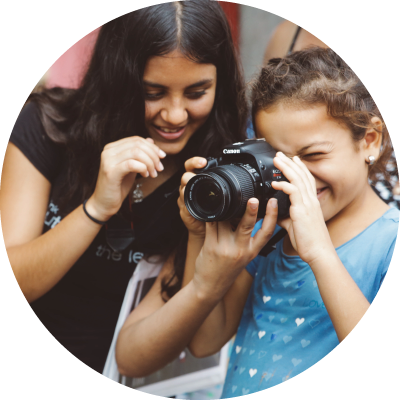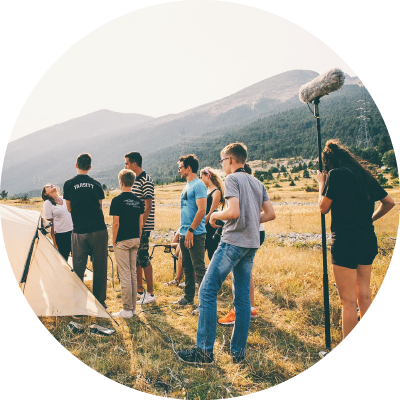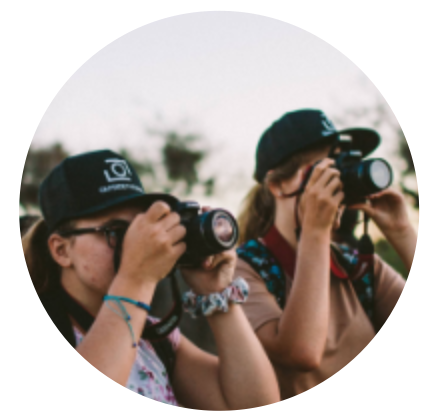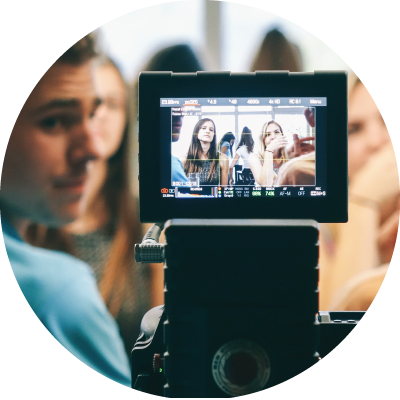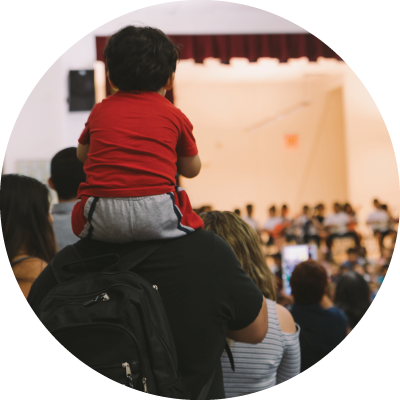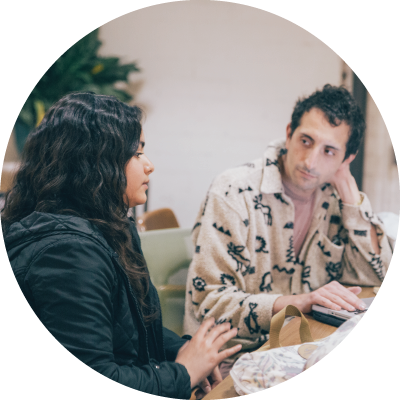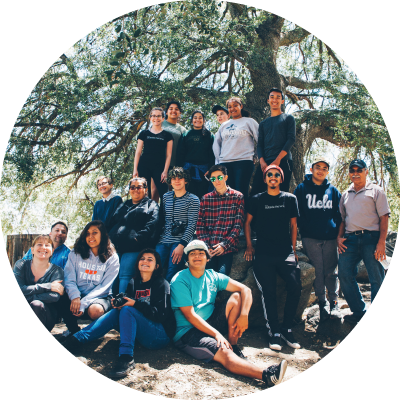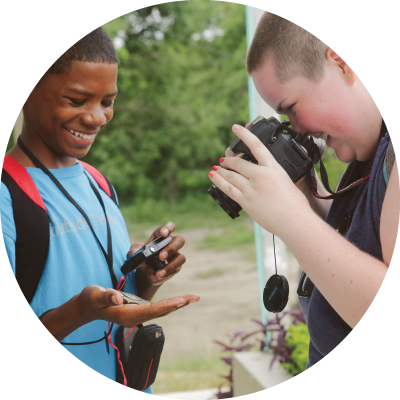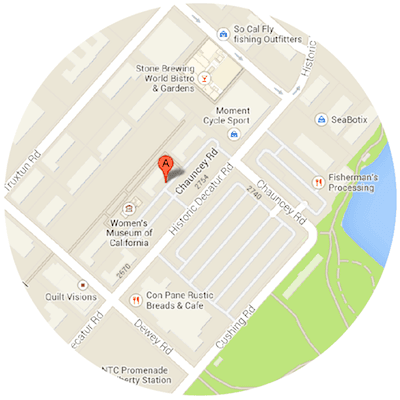Photography Techniques: Motion Blur
In photography, there are certain techniques that produce visuals so stunning that many people immediately assume that it is the result of either a master of the trade, or extremely expensive gear that only professional photographers would ever have; However, this is usually not the case. In reality, fiddling with some simple settings on your camera can give you awe-worthy results. Motion Blur is one of these techniques.
How to use the Motion Blur technique
Firstly, you need a camera that can change shutter speed and aperture. In other words, any DSLR you can get your hands on. The reason you need these things is because the shutter speed controls how long the shutter of the camera is open, thus controlling how long it will be taking a picture. In other words, if you having a moving object in your frame while using a long shutter speed, that object will not be still, but blurred, since the camera was tracking it throughout the entire picture-taking process. However, there is a problem. By allowing the shutter to be open so long, the camera is constantly absorbing the light that is around you. This means that by only adjusting the shutter speed, you get a whole lot of white, and a lot less picture.

Luckily, shutter speed isn't the only thing you can adjust on your camera. By switching the aperture around to absorb less light, you can more or less counteract the light being brought in by the shutter speed. Here's a neat trick; fiddle around with these two settings, and try taking a picture of a ball rolling across a table. See what kind of blur you like!

Now that you have your settings all figured out, let's take some photos. First, you're going to want to find a tripod or some other steady surface to put your camera on for these kinds of shots. Motion blur will only blur moving objects, but if you shake your camera too much in your hand, then the stationary objects will be blurred as well! Also, if possible, try to take these shots either at night, or indoors. The less amount of light, the better. (That being said, it is possible to take these shots outside during the day, it is just much, much harder.) Another thing to consider; if you are trying to blur the background of the image, simply follow the moving object through the viewfinder while the picture is being taken. The last bit of advice I have for you is to not let yourself be limited to just shutter speed and aperture. If you have a bit of camera know-how, you can easily change additional settings in order to get your desired results. Happy hunting!
Written by Evan Hoeflich, OTL Intern

